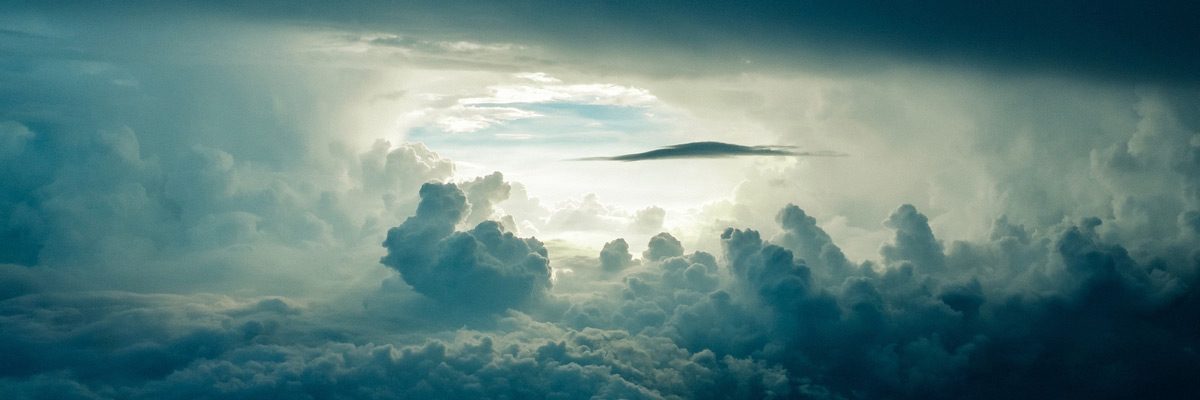I do not usually put up two opinions in one post. These are timely articles so I think it is important to hear both sides. One side basically says we are going to die. The other side says we will have to move ourselves or large amounts of water. You decide.
http://www.bbc.com/news/world-42982959
The 11 cities most likely to run out of drinking water – like Cape Town
Cape Town is in the unenviable situation of being the first major city in the modern era to face the threat of running out of drinking water.
However, the plight of the drought-hit South African city is just one extreme example of a problem that experts have long been warning about – water scarcity.
Despite covering about 70% of the Earth’s surface, water, especially drinking water, is not as plentiful as one might think. Only 3% of it is fresh.
Over one billion people lack access to water and another 2.7 billion find it scarce for at least one month of the year. A 2014 survey of the world’s 500 largest cities estimates that one in four are in a situation of “water stress”
According to UN-endorsed projections, global demand for fresh water will exceed supply by 40% in 2030, thanks to a combination of climate change, human action and population growth.
http://www.straitstimes.com/world/water-why-the-taps-run-dry
Severe water shortages around the world: Why the taps run dry
Feb 13, 2018, 7:30 pm SGT
PARIS (AFP) – The world has abundant freshwater but it is unevenly distributed and under increasing pressure, UN agencies say, as highlighted by the severe shortages in Cape Town.
WATER, WATER ‘EVERYWHERE’
More than 97 per cent of the planet’s water is salty, most of it in the oceans and seas, but there is also a good supply of freshwater.
Every year around 42.8 trillion cubic metres of renewable freshwater circulates as rain, surface water or groundwater, according to the UN’s Food and Agriculture Organization (FAO).
This equals 16,216 litres per person per day – four times the amount required in the United States, for example, for personal and domestic consumption, industry and agriculture.
Depending on diet and lifestyle, a person needs between 2,000 and 5,000 litres of water a day to produce their food and meet their drinking and sanitation requirements, the FAO says.
About 60 per cent of the planet’s freshwater reserves is locked in the Antarctic.
:}
They don’t even agree on how much water we have. Go there and read a lot. More next week.
:}
